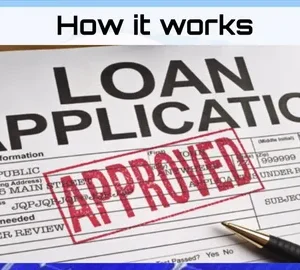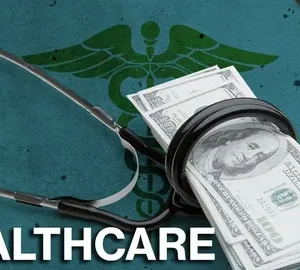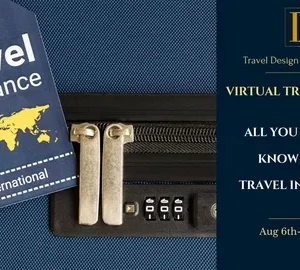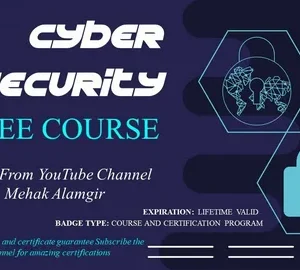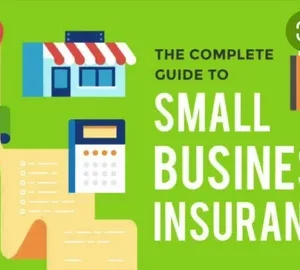For many borrowers, student loans are a major financial burden. With rising education costs, millions of Americans struggle with loan repayment. Fortunately, several student loan forgiveness programs exist to help reduce or eliminate debt under specific conditions.
This guide explores the most effective student loan forgiveness programs, eligibility criteria, and the steps needed to apply.
What Is Student Loan Forgiveness?
Student loan forgiveness is a federal or state program that cancels part or all of a borrower’s student debt under certain circumstances. These programs are typically available to individuals working in public service, education, healthcare, or specific high-need areas.
There are three main types of student loan relief:
- Loan Forgiveness – The remaining balance is canceled after meeting program requirements.
- Loan Discharge – Loans are erased due to disability, school closure, or fraud.
- Loan Repayment Assistance – Employers or government agencies help pay off student loans.
Types of Student Loan Forgiveness Programs
1. Public Service Loan Forgiveness (PSLF)
PSLF is a federal program designed to forgive student debt for individuals who work in public service jobs. Eligible borrowers must:
- Work full-time for a government agency or nonprofit organization
- Make 120 qualifying payments under an income-driven repayment plan
- Have Direct Loans (or consolidate other federal loans into a Direct Loan)
After completing 10 years of qualifying payments, the remaining balance is forgiven tax-free.
2. Teacher Loan Forgiveness
Educators who teach in low-income schools may qualify for up to $17,500 in student loan forgiveness. To be eligible, teachers must:
- Work full-time at a low-income school for at least five consecutive years
- Have Direct or FFEL Loans
- Teach in a high-demand subject like math, science, or special education
3. Income-Driven Repayment (IDR) Forgiveness
Borrowers who enroll in an income-driven repayment (IDR) plan may have their loans forgiven after 20–25 years of consistent payments. Common IDR plans include:
- Revised Pay As You Earn (REPAYE)
- Pay As You Earn (PAYE)
- Income-Based Repayment (IBR)
- Income-Contingent Repayment (ICR)
After making payments based on their income, borrowers can have the remaining balance forgiven (though it may be taxable).
4. Borrower Defense to Repayment
If a school misled students or violated federal laws, borrowers may qualify for full loan discharge. This applies to cases of:
- Fraudulent marketing
- False job placement claims
- School closures before program completion
Borrowers must submit an application with supporting evidence to the U.S. Department of Education.
5. Total and Permanent Disability (TPD) Discharge
Borrowers who suffer a total and permanent disability may qualify for loan discharge. Eligibility is determined by:
- A doctor’s certification
- The Social Security Administration (SSA)
- The U.S. Department of Veterans Affairs (VA)
Once approved, loans are completely erased with no tax consequences for federal borrowers.
6. State-Based Forgiveness Programs
Many states offer loan forgiveness for professionals in public service, healthcare, or education. Examples include:
- Nurse Corps Loan Repayment Program – Pays up to 85% of student loans for nurses in underserved areas.
- John R. Justice Program – Provides loan assistance for public defenders and prosecutors.
- State-Specific Teacher Forgiveness – Some states offer additional forgiveness for educators in critical need areas.
7. Military Loan Forgiveness Programs
Military members can benefit from several student loan relief options, including:
- National Guard Student Loan Repayment Program – Pays up to $50,000 of federal student loans.
- Army College Loan Repayment Program – Covers up to $65,000 in eligible student debt.
- Air Force JAG Student Loan Repayment – Provides loan assistance for Judge Advocate General officers.
How to Apply for Student Loan Forgiveness
To qualify for loan forgiveness, follow these essential steps:
- Determine Eligibility – Research specific program requirements and verify your loan type.
- Enroll in a Qualifying Repayment Plan – Some programs require payments under income-driven repayment plans.
- Submit Necessary Forms – Applications can be filed through StudentAid.gov or your loan servicer.
- Make On-Time Payments – Late or missed payments may delay or disqualify loan forgiveness.
- Track Progress – Keep records of payments, employment verification, and correspondence with loan servicers.
Beware of Student Loan Forgiveness Scams
Scammers often target borrowers with false promises of instant loan forgiveness. Watch out for:
- Upfront fees – Legitimate loan forgiveness programs never charge fees to apply.
- Fake government agencies – Always verify information through StudentAid.gov.
- Unsolicited phone calls/emails – Scammers often pretend to be loan servicers or federal agencies.
Final Thoughts
Navigating student loan forgiveness can be challenging, but the right program can significantly reduce financial stress. Whether you’re a teacher, public servant, or borrower in need of assistance, exploring these options can lead to meaningful relief.
If you qualify for loan forgiveness, take action today to lower your debt and secure your financial future.
